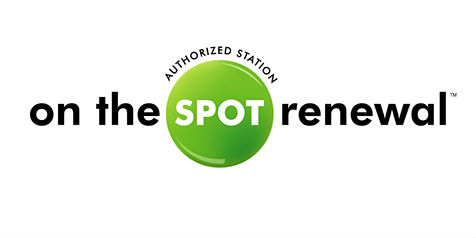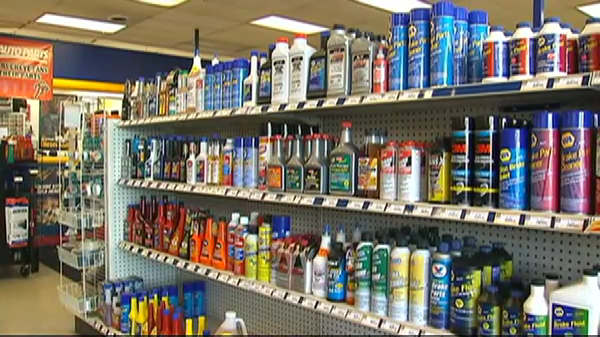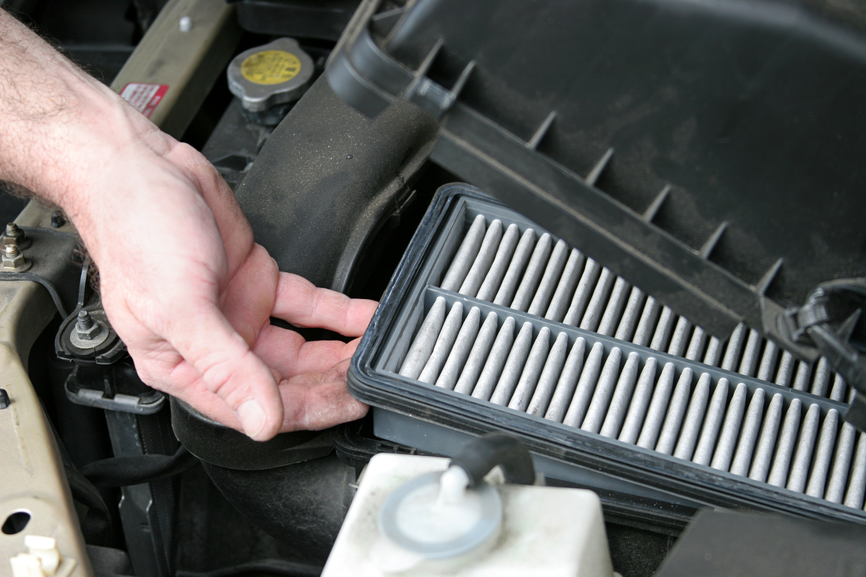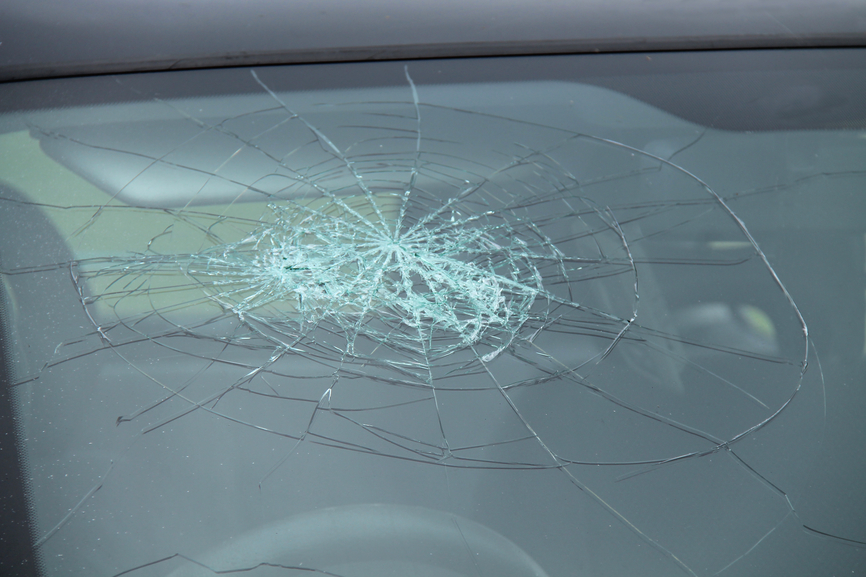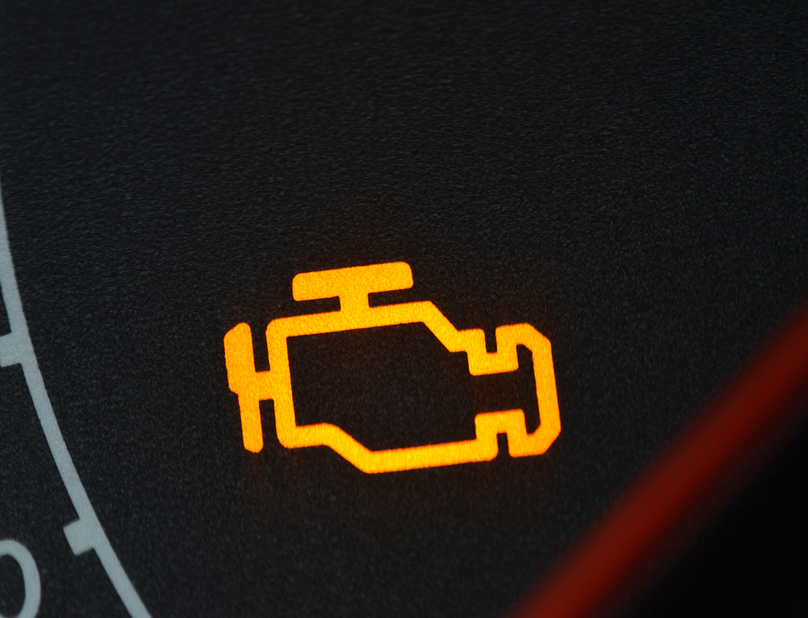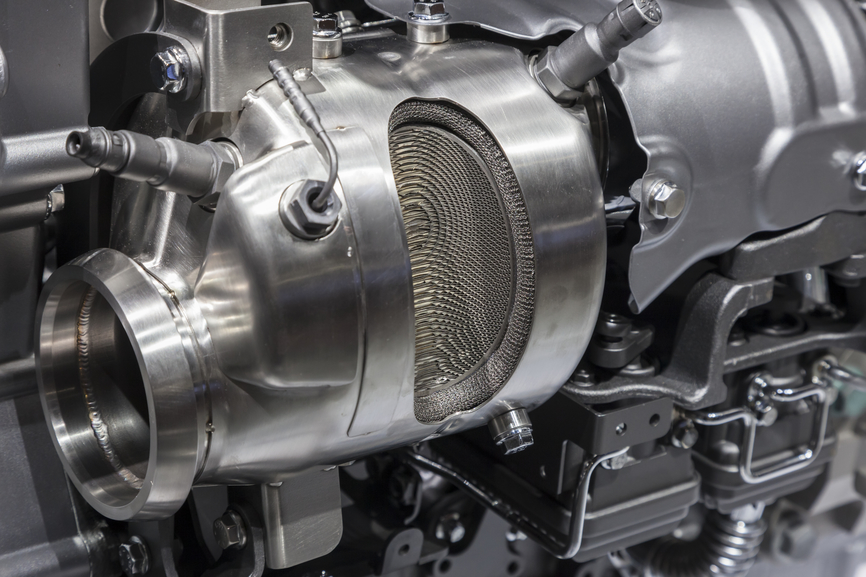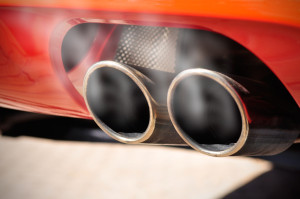 How to help your car pass emissions
How to help your car pass emissions
Preparing for your emissions test will save you time and money in the long run. Getting regular maintenance will prevent your vehicle from having major issues in the future. If your vehicle is already having issues, fix the problem before getting your emissions tested. Certain issues to watch out for include the devious check engine light.
Even battery charge issues can cause issues with a vehicle’s smog check. If your battery caused your vehicle’s computer to lose power, then its internal self test monitors could have been erased. These self test monitors are part of your emission inspection. In order to restore your emissions monitors, you will need to drive for over a week or between 100-200 miles to be on the safe side. Prior to a smog check, make sure your car is fueled 30-70 full and inflate your tires. These two simple tasks will make your car run more smoothly during the test and having a full tank of gas will give a clear reading on emission monitors.
Lastly, get a fuel injector cleaning service to clean carbon deposits in your engine’s intake and exhaust. Getting your fuel injection line cleaned will ultimately lower your emission levels, which will help you pass emissions. In addition, fuel injection cleaning will improve engine improving combustion and increase engine performance. Yes to better gas mileage!

